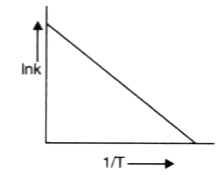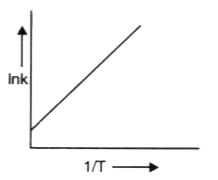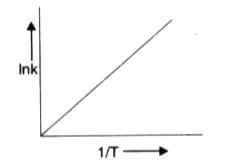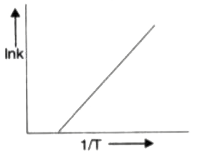In the equation Nt=N0ert,'e' is
Population density after the time 'f'
Population density at the time zero
Intrinsic rate of natural increase
The base of natural logarithm
The correct Answer is:D
To solve the question regarding the equation Nt=N0ert and to identify what e represents, we can break it down step by step:
1. Understand the Equation: The equation Nt=N0ert is used to describe the exponential growth of a population over time. Here, Nt is the population at time t, N0 is the initial population (at time zero), r is the intrinsic rate of natural increase, and t is the time.
2. Identify the Components:
- Nt: Population density after time t.
- N0: Population density at time zero.
- r: Intrinsic rate of natural increase.
- t: Time.
- e: This is the mathematical constant approximately equal to 2.71828.
3. Focus on the Constant e: In the context of this equation, e serves as the base of the natural logarithm. It is a fundamental constant in mathematics that arises frequently in growth processes, particularly in situations involving continuous growth or decay.
4. Conclusion: Since the question specifically asks what e is in the equation, we can conclude that e is the base of the natural logarithm.
Final Answer:
In the equation Nt=N0ert, e is the base of the natural logarithm.
---
- Nt: Population density after time t.
- N0: Population density at time zero.
- r: Intrinsic rate of natural increase.
- t: Time.
- e: This is the mathematical constant approximately equal to 2.71828.
In the equation Nt=N0ert, e is the base of the natural logarithm.
Topper's Solved these Questions
- ORGANISMS AND POPULATIONSBook:AAKASH SERIESChapter:ORGANISMS AND POPULATIONSExercise:EXERCISE-I (LIFE HISTORY VARIATION)
Explore 3 Videos
- ORGANISMS AND POPULATIONSBook:AAKASH SERIESChapter:ORGANISMS AND POPULATIONSExercise:EXERCISE-I (POPULATION INTERACTIONS)
Explore 46 Videos
- ORGANISMS AND POPULATIONSBook:AAKASH SERIESChapter:ORGANISMS AND POPULATIONSExercise:EXERCISE-I (ADAPTATIONS)
Explore 12 Videos
- NEURAL CONTROL AND COORDINATIONBook:AAKASH SERIESChapter:NEURAL CONTROL AND COORDINATIONExercise:EXERCISE-III( PREVIOUS AIPMT / NEET QUESTIONS)
Explore 33 Videos
- PHOTOSYNTHESIS IN HIGHER PLANTS Book:AAKASH SERIESChapter:PHOTOSYNTHESIS IN HIGHER PLANTS Exercise:Exercise - III
Explore 27 Videos
Similar Questions
Knowledge Check
According to Arrhenius equation, rate constant k is equal to Ae−Ea/RT Which of the following options represents the graph of In k vs1T ?
A B
B C
C D
D
According to Arrhenius equation, rate constant k is equal to Ae−Ea/RT Which of the following options represents the graph of In k vs1T ?
A B
B C
C D
D
In exponential growth formula, Wt=W0ert,e denotes
View SolutionRate of a reaction can be expressed by Arrhenius equation as:
k=Ae−Ea/RT
In this equation, Ea represents:
View SolutionIn Arrhenius equation , k=AeEaRT , A may be termed as rate constant .
View SolutionIn Arrhenius equation , K=Ae−Ea/RT . The A is
View SolutionA series of concentric ellipse E1,E2,E3,…,En is constructed as follows: Ellipse En touches the extremities of the major axis of En−1 and have its focii at the extremities of the minor axis of En−1. If eccentricity of ellipse En is en, then the locus of (e2n,e2n−1) is
View SolutionAccording to Arrhenius equation rate constant K is equal to A e.−Ea/RT . Which of the following options represents the graph of ln K vs 1T?
View Solution